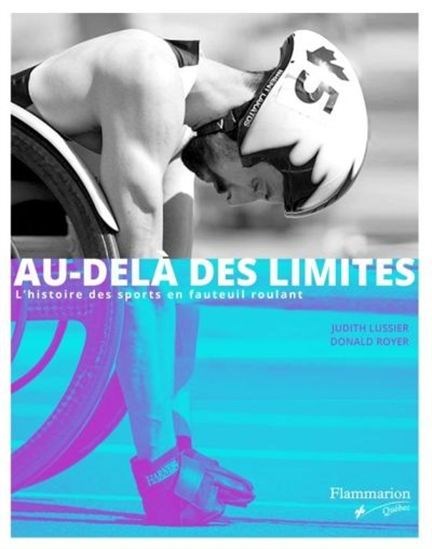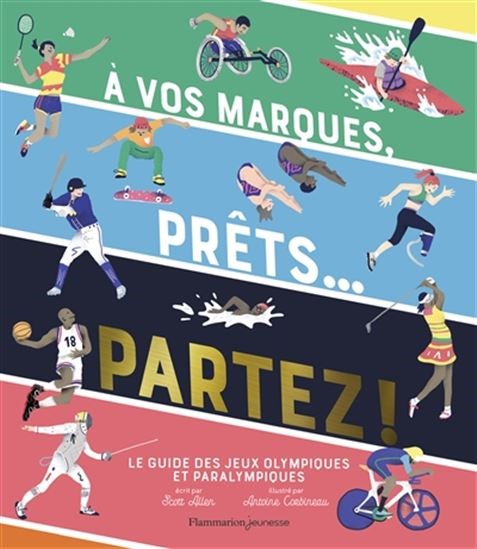
Sep 23, 2021
“The Olympics are where heroes are made, the Paralympics are where heroes go.” Rising Phoenix – Netflix
On the 28th of July, 1948, London played host to the first post-war Olympics. On the same day 60 kilometers away there was a much smaller gathering. At the Stoke-Mandeville hospital, a hospital for injured second world war veterans, they were organizing the very first Games for the Paralyzed. These games were the brainchild of Dr. Ludwig Guttman. The games consisted of 16 English wheelchair athletes (14 men, 2 women), competing in two sports. Through the years the games would swell in terms of athletes, sports and disabilities. On the 24th of August, 2021, 4400 athletes from 162 countries who would compete in 28 sports marched in the Tokyo opening ceremonies. The growth, size and scope of the Paralympic games would astound even the optimistic Dr. Guttman.
The name Paralympics comes with some built in confusion. People often ask, “is it Para-Olympics” or, “does the para stand for parapalegic”. Both are completely understandable, but the para stands for parallel. The Paralympics are a movement that is not trying to be the Olympics, it is merely moving alongside it.
Grit, determination, resiliency and learning to adapt and overcome obstacles….these are tools that elite level athletes hope to acquire on their journey to becoming champions. These skills are learned by the vast majority of Paralympians long before they ever find sport.
People often approach the Paralympics with the question, “what exactly are the Paralympics? Are they about sport and achievement, or, are they a tug at the heart strings/ feel good story?” Watch a totally blind athlete run the 100m in 10.9 seconds, or an athlete with two prosthetics run it in 10.5 seconds, or a double amputee athlete swim the 100m in 55 seconds. To see these events is to know what achievement in sport looks like. Able bodied, or, disabled, an athlete is an athlete.
At the Seoul Paralympics in 1988, Canada was one of a handful of countries that dominated the games, winning 152 medals. Over the next three decades that medal total for Canada would steadily decrease to the 21 total medals brought home from Tokyo. That decrease may shock some and cause them to wonder what is happening to the development of Canadian Paralympians. Canada still produces all-time great Para athletes like Chantal Petitclerc and Benoit Huot, or recent gold medallists like Greg Stewart and Danielle Dorris. These athletes are simply having to compete against a much deeper, more prepared, global field. The Paralympics are no longer dominated by European and North American countries. The global growth is clearly illustrated by the rise of new para sport powerhouses in Brazil and China. Canada’s loss is really the gain of the Paralympic movement.
Coverage of the Paralympics is ever evolving, just as the games themselves are. The games in Tokyo received a couple of hours a day of broadcast highlights. While two hours doesn’t seem like much in comparison to what the Olympics receive, it is 100% more than what has come before. The increased exposure of the games leads to an increased appetite for them. If you find your hunger not quite satisfied, I suggest you check the OPL collection for more Paralympic information.
Rob Christy
Cataloguing Assistant
3 time Paralympian







Comments
school